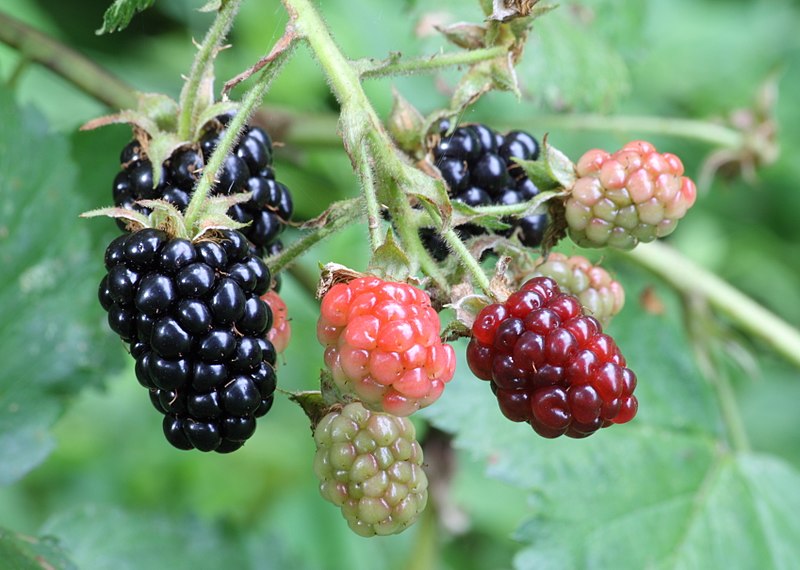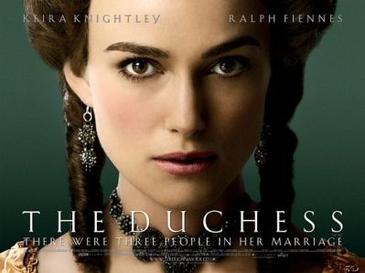London's legacy of Devonshire House: the mansion's former gates now form an entrance to the Green Park.
Devonshire House, located at Piccadilly between Berkeley Street and Stretton Street, was the London home of the Dukes of Devonshire from 1740 till about 1919. It was demolished in 1924.

Today, the site is occupied by offices, known as Devonshire House.
Following the 1st World War, many noble families abandoned their London homes and Devonshire House was to be no exception: it was deserted by 1919.
The demolition was mentioned several times nostalgically in literature. It caused Woolf's Clarissa Dalloway to think
"Devonshire House, without its gilt leopards", (a reference to the house's gilded gates) as she passed down Piccadilly.
The reason for the abandonment was because
the 9th Duke was the first of his family to have to pay death duties; these amounted to over £500,000. Additionally, he inherited the debts of
the 7th Duke; and Devonshire House with its even more valuable three acres of gardens.
The sale was finalised, for a price of £750,000 (£26 million in today's money), in 1920 and the house demolished. The two purchasers were Shurmer Sibthorpe and Lawrence Harrison, wealthy industrialists who developed the site, subsequently building a hotel and block of flats.
Surviving fragments of Devonshire House include the gateway at the entrance to Green Park and the wine cellar (now the ticket office of Green Park underground station). Other architectural salvage included doorways, mantelpieces and furniture which were relocated to Chatsworth. Some of these stored items were included in a Sothebys auction, 5-7th October, 2010.
The wrought-iron entrance gates, topped with seated sphinxes, have been re-erected across Piccadilly, to form an entrance to Green Park.
Devonshire arms courtesy of European Heraldry.






























